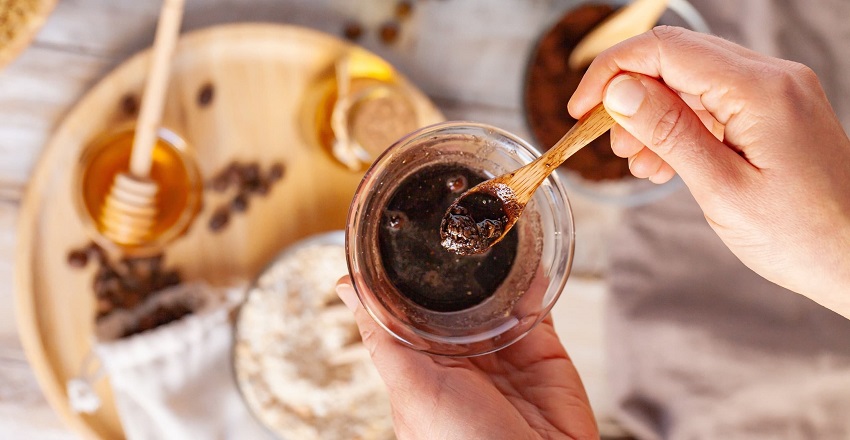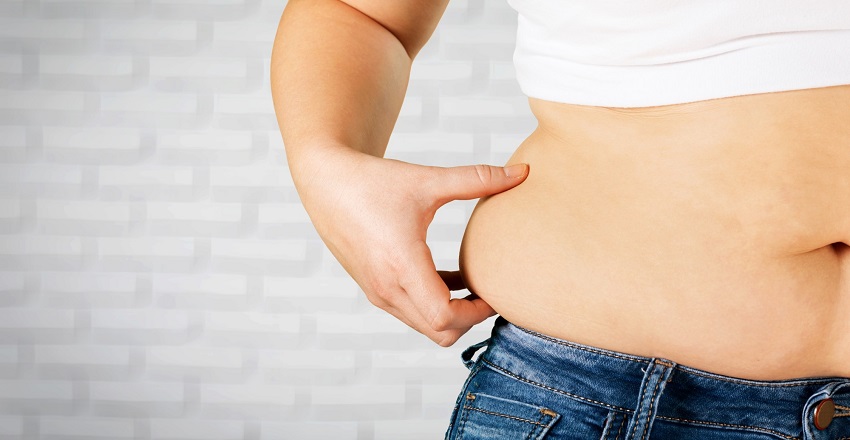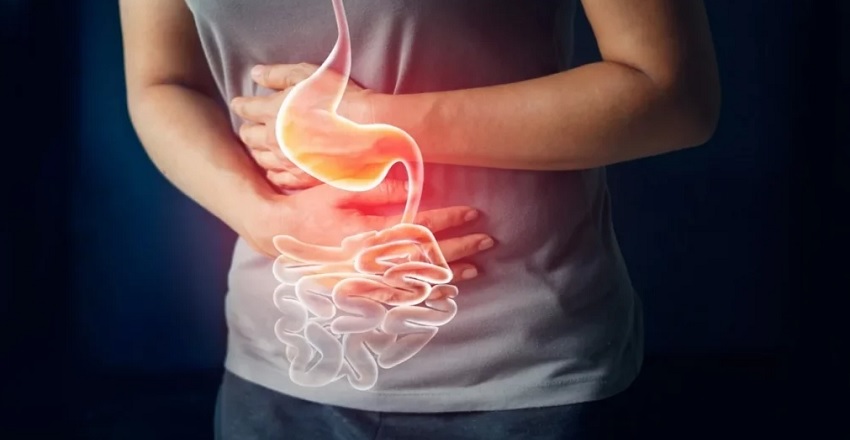In today’s fast-paced world, where chemical-based beauty products dominate, Ayurveda reminds us of the purity of natural face scrubs. For centuries, Indians have followed the ritual of ubtan, a sacred herbal paste used to cleanse, exfoliate, and rejuvenate. More than just a beauty practice, this Ayurvedic tradition enhances circulation, balances the doshas, and purifies the skin naturally. Why is Scrubbing Necessary? According to Ayurveda, the skin reflects our inner health. Over time, dust, sweat, oil, and dead skin cells build up, making the skin appear dull and clogged. Regular use of natural face scrubs is essential because it: Therefore, scrubbing is not just cosmetic—it is a holistic ritual of purification and rejuvenation. The Tradition of Ubtan Ubtan, an Ayurvedic paste made from grains, herbs, and oils, has been a key beauty secret for centuries. It was often applied during weddings and festivals, especially for brides-to-be to ensure glowing skin. Unlike chemical scrubs that strip moisture, Ayurvedic natural face scrubs like… Continue reading Natural Face Scrubs – Ayurveda’s Ancient Secret to Glowing Skin












